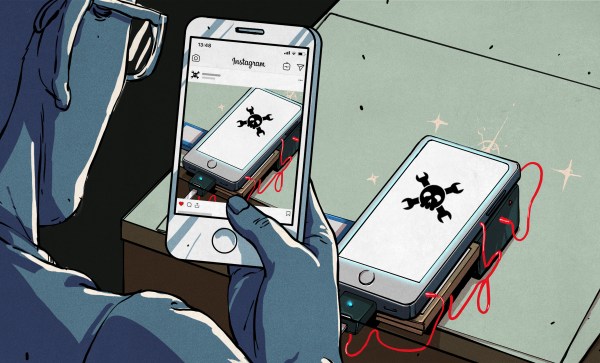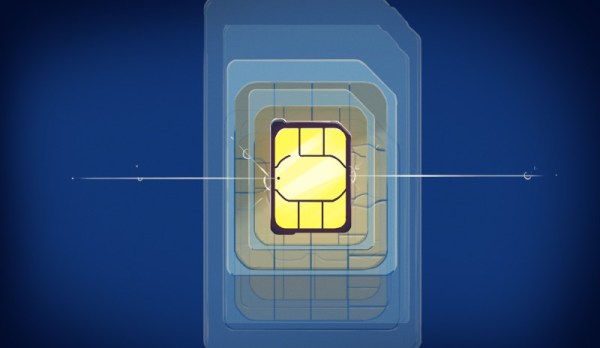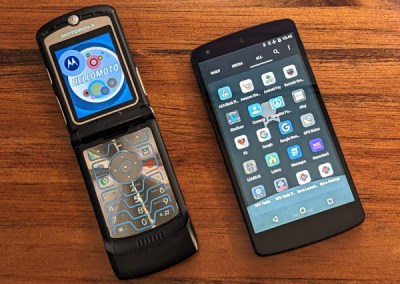Information is diesel for a hacker’s engine, and it’s fascinating how much can happen when you share what you’re working on. It could be a pretty simple journey – say, you record a video showing you fixing your broken headphones, highlighting a particular trick that works well for you. Someone will see it as an entire collection of information – “if my headphones are broken, the process of fixing them looks like this, and these are the tools I might need”. For a newcomer, you might be leading them to an eye-opening discovery – “if my headphones are broken, it is possible to fix them”.
There’s a few hundred different ways that different hackers use for project information sharing – and my bet is that talking through them will help everyone involved share better and easier. Let’s start talking about pictures – perhaps, the most powerful tool in a hacker’s arsenal. I’ll tell you about all the picture-taking hacks and guidelines I’ve found, go into subjects like picture habits and simple tricks, and even tell you what makes Hackaday writers swoon!
To start with, here’s a picture of someone hotwiring a car. This one picture conveys an entire story, and a strong one.



















